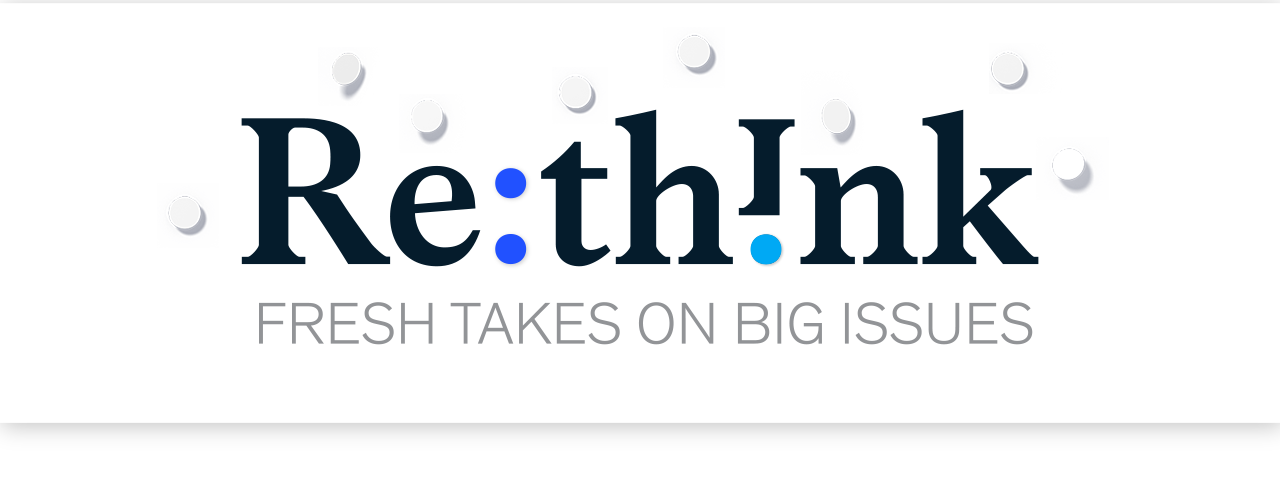 | |
|
|
|
MAKING DEI WORK
Five ways to drive successful DEI initiatives
|
|
|
|
|
|
|
|
|
|
|
|
A lot of research tends to focus on the challenge side of diversity, equity, and inclusion (DEI): the manifestations and root causes of inequity. There’s been less research, however, on the solution side, on “What does it take to make progress on DEI?” So, in partnership with the World Economic Forum, we created the Global Parity Alliance, and looked for lighthouse examples of companies that had made progress, and to see if lessons from those companies can be applied elsewhere.
What we found is that there is a recipe, with five success factors as the key ingredients, for driving successful DEI initiatives—but that there is no recipe for which initiatives work best across the board. That’s because context is key. In fact, the first success factor is to gain a nuanced understanding of root causes.
Often, companies don’t approach DEI the same way they approach other aspects of business strategy. They often underinvest time and effort to deeply understand the problem they’re trying to solve. Instead, companies will launch initiatives because they saw, say, a mentorship program succeed somewhere else, and they say, “Let’s launch that here.” In a rush, often because of good intentions and an eagerness and desire to show employees that they’re “doing something,” companies might skip that step of really understanding exactly what the problem is that they’re trying to solve.
So while an early-career mentoring program for women sounds innately appealing, when you ask the company to really dig into its data, it may be that women are actually advancing just fine early in their careers. The problems are at other points along the pipeline. Perhaps sponsorship of midcareer women is more important, or perhaps the company should be looking to root out bias in the review process. The initiatives that are most successful are ones in which the companies spent the time up front to really understand, “What is the problem we’re trying to solve?” and “What are the root causes for why the needle is stuck?”
The second success factor, “a meaningful definition of success,” goes hand in hand with the first. The most successful initiatives understand both the problem they’re trying to solve and what success will look like once they’ve solved it. They have a real understanding of “Where are we today?” and “Why are we here?” and “Where are we trying to go?” This isn’t rocket science—these are the keys to attacking most business problems. But, again, many DEI initiatives don’t start with these basic business fundamentals.
|
|
| |
|
“Often, companies don’t approach DEI the same way they approach other aspects of business strategy.” |
| |
|
The third success factor is “accountable and invested business leaders.” Senior leadership’s commitment and accountability are necessary for a successful DEI initiative. And if the initiative requires changing a set of practices across the company, you’ll need a broader set of committed business leaders. Role modeling is important. This is a topic where a lot of people can be skeptical, and they need to see that leaders are personally making changes in line with the new way of working suggested by the initiative. Furthermore, leaders must be prepared to devote themselves, and the company’s resources, over time. Many successful DEI initiatives needed substantial time to get to the desired outcome. Some may not move the needle meaningfully for a year or more. But that time isn’t wasted. You’re laying the foundation to attack a complex problem that may have vexed the company for decades. And since these problems tend to be quite hard, it’s best not to try to tackle everything all at once. The “let a thousand flowers bloom” approach to DEI is a recipe for failure.
The fourth factor is “a solution designed for context.” Strong initiatives seek a fit-for-purpose solution. They build on a nuanced understanding of the starting place, the root causes, and a clear view of success, and they are strategically designed to address the issues. Sometimes this can mean launching a new effort or intervention, but often this means changing a variety of things that already exist, such as policies, processes, or learning and development programs.
The final success factor is “rigorous tracking and course correction.” Many companies don’t do this with DEI. For instance, they don’t define the specific leading indicators and ultimate outcomes that they hope the initiative will change—and thus, they don’t have the data to discuss if it’s working, how it might be improved, or if the results can be accelerated. It’s one thing to be able to cite the number of people who took part in an initiative, but it’s far more meaningful to be able to track details like “people who participated in the program were promoted twice as often as those who did not,” or “participants stayed with the company at a 40 percent higher rate.” Here, too, you need to be patient. There’s going to be a period of time where you see more progress on the leading indicators than you do on the ultimate outcomes that you’re trying to achieve. But if you stick with it and start to see a real ROI, it becomes easier to commit for the long run—and getting DEI right is definitely a project for the long run. |
|
|
| |
| | |
| |
|
Jen Henry on the restaurant industry |
|
Restaurants are facing unprecedented challenges, including labor shortages and soaring ingredient costs. New ideas and technological innovations could help keep customers, employees, and owners well-fed. |
|
|
| |
| |
|
This email contains information about McKinsey’s research, insights, services, or events. By opening our emails or clicking on links, you agree to our use of cookies and web tracking technology. For more information on how we use and protect your information, please review our privacy policy. |
|
You received this email because you subscribed to our McKinsey Quarterly alert list. |
|
|
Copyright © 2023 | McKinsey & Company, 3 World Trade Center, 175 Greenwich Street, New York, NY 10007 |
|
|
|
|





